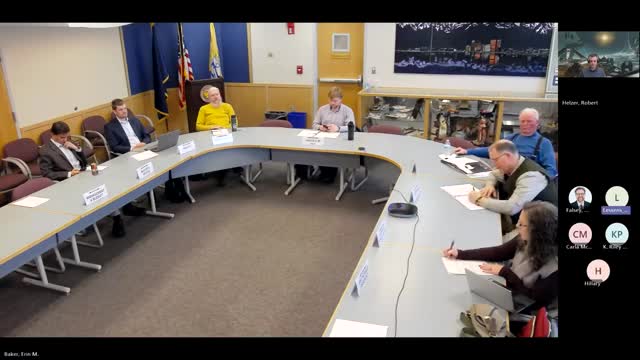District Faces Funding Crisis Amid Student Achievement Gaps
November 14, 2024 | Anchorage Municipality, Alaska
This article was created by AI summarizing key points discussed. AI makes mistakes, so for full details and context, please refer to the video of the full meeting. Please report any errors so we can fix them. Report an error »

In a recent government meeting, officials discussed significant disparities in educational outcomes across a diverse district spanning 2,000 square miles. Concerns were raised about the persistent achievement gap between economically disadvantaged students and their peers, particularly highlighted by a 30-point difference in third-grade performance. This gap has remained largely unchanged through grade nine, prompting calls for a reevaluation of resource allocation to support high-risk students.
The meeting underscored the urgent need for an inflation-adjusted base student allocation, as the purchasing power of educational funding has drastically declined since the 2010-2011 school year. Officials noted that a dollar from that period now equates to $1.33, leading to school closures, reduced services, and increased teacher-to-student ratios. The district is grappling with a significant budget deficit, raising questions about how to effectively improve student outcomes under current financial constraints.
Discussions also touched on the implications of school closures and the funding formula, which includes provisions for maintaining revenue levels during consolidations. However, officials acknowledged that staffing shortages and the spread of resources across multiple schools hinder the delivery of quality services to students. The challenges of providing adequate support for special services were highlighted, with concerns that itinerant providers may not be able to meet the needs of students effectively.
The meeting concluded with a commitment to targeted investments aimed at improving reading proficiency, which has shown promising results in early grades. Officials emphasized the importance of balancing public feedback with data-driven decisions as they navigate potential school closures and resource allocation strategies. The board's approach will continue to prioritize the educational needs of all students while addressing the fiscal realities facing the district.
The meeting underscored the urgent need for an inflation-adjusted base student allocation, as the purchasing power of educational funding has drastically declined since the 2010-2011 school year. Officials noted that a dollar from that period now equates to $1.33, leading to school closures, reduced services, and increased teacher-to-student ratios. The district is grappling with a significant budget deficit, raising questions about how to effectively improve student outcomes under current financial constraints.
Discussions also touched on the implications of school closures and the funding formula, which includes provisions for maintaining revenue levels during consolidations. However, officials acknowledged that staffing shortages and the spread of resources across multiple schools hinder the delivery of quality services to students. The challenges of providing adequate support for special services were highlighted, with concerns that itinerant providers may not be able to meet the needs of students effectively.
The meeting concluded with a commitment to targeted investments aimed at improving reading proficiency, which has shown promising results in early grades. Officials emphasized the importance of balancing public feedback with data-driven decisions as they navigate potential school closures and resource allocation strategies. The board's approach will continue to prioritize the educational needs of all students while addressing the fiscal realities facing the district.
View full meeting
This article is based on a recent meeting—watch the full video and explore the complete transcript for deeper insights into the discussion.
View full meeting
